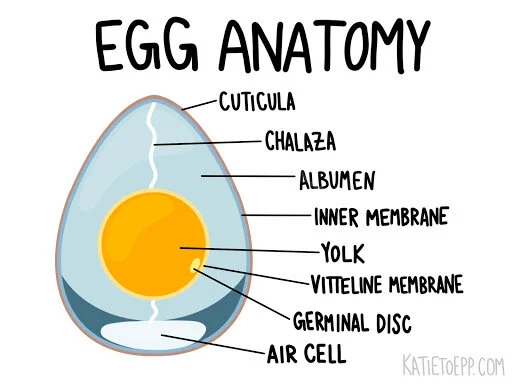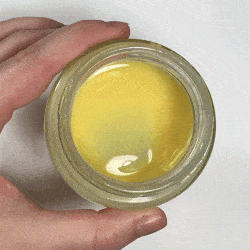Read MoreTake chances, make mistakes, get messy.
~ Ms. Frizzle
Working with egg tempera gives my work breath before the egg becomes paint. From the hen's natural life-giving process that produces an egg, I can mix an ideal binder. This binder holds fast pigments, some that originate from the earth and some created by modern alchemists, to a panel sourced from once-living timber. This blog post reminds the reader and me of the beautiful biological complexity that gives egg tempera artwork life.
Read MoreProcess of painting a scene of tardigrades on a round, pine panel prepared with absorbent acrylic ground. Materials: Handmade egg tempera binder with pigments Sap Green, Zinc White, Cadmium Yellow Light, Indian Yellow, Chromium Oxide Green, Red Ochre, and Cobalt Blue.
Read MoreFor this ladybug, I used several photo references. I used a drybrush technique to paint from light to dark.
I used the colors: Red Ochre, Burnt Umber, Sap Green, French Vermilion, Alizarin Scarlet, Ivory Black, and Titanium White. See my color swatch guide for more information.
Read MoreIn this post, I walk through the steps of making egg tempera from some water-based paints you may have handy: watercolor, gouache, and acrylic.
Read MoreIn this post, you will find my step-by-step approach for painting a study of an olive branch. I have included observations and lessons from my experience as well as photos of my process.
Read MoreTest color swatches are great to make any time you have new materials. When you make test swatches, you create a tool that allows you to see all your color options at once. And, with a color swatches on white and black grounds, you can compare the transparency of different colors. You can make test swatches with any medium. In this post, I will share my process of making color swatches in egg tempera.
Read MoreI purchased some small test panels to try Golden’s Absorbent Ground. The test panels I used are Da Vinci Pro Birch Panels measuring 3 x 3 x 7/8 in. I applied two layers of ground to the face and sides. I sanded until smooth and then applied liquid gold leaf to the sides. After that, I freehanded a sketch of the honey bee I wanted to paint.
Read MoreThe recipe in this post is the mixture I use for the majority of my work. It follows in the tradition of Cennini and Mayer, using egg yolk, water, and vinegar.
Read MoreIn this blog, you will find bits of my own research on the history of egg tempera, photos and analysis of my process, critique of my work, and suggestions for anyone who is interested in getting started with this unique medium.
Read More









